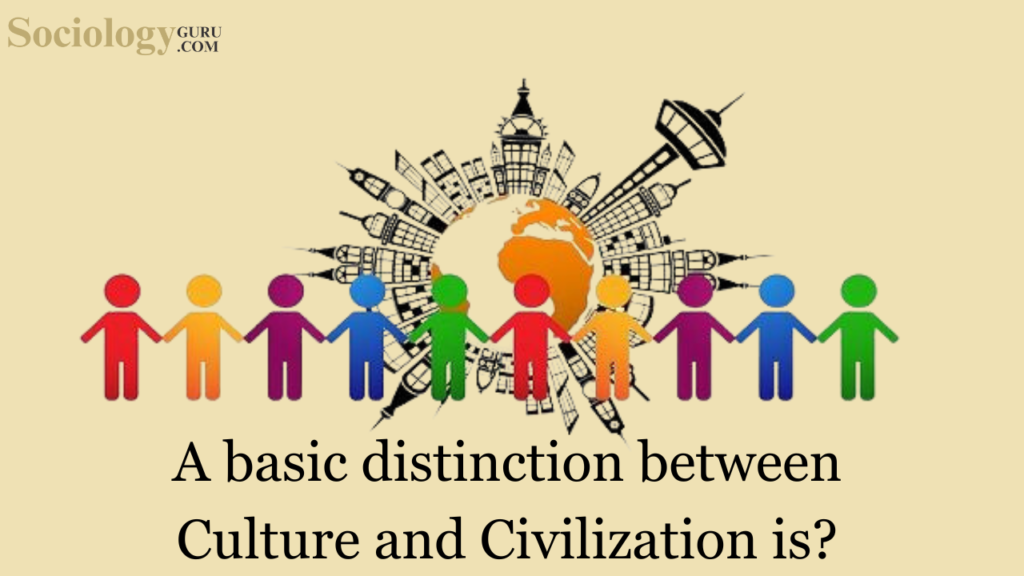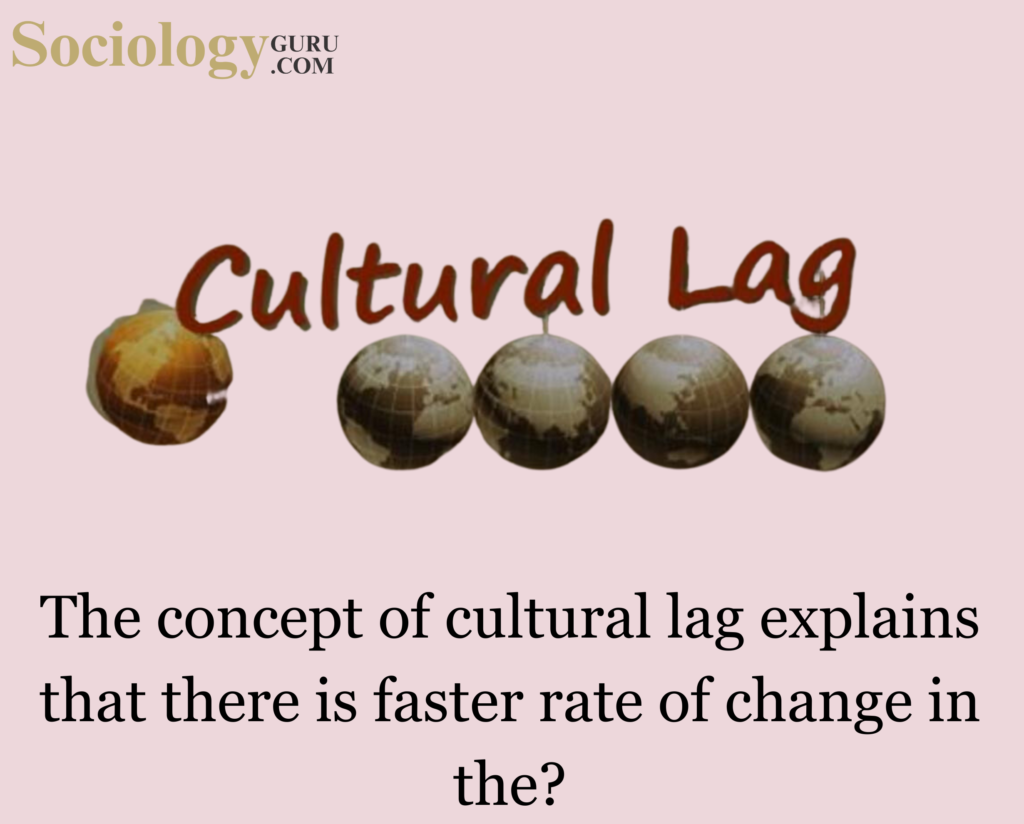Question: Social distance is often associated with a scaling technique developed by?
- Thurston
- Likert.
- Moreno.
- Bogardus.
Answer: (4)
Foundational Understanding: Origin and Evolution of Social Distance
The term “social distance” is intrinsically linked with Emory S. Bogardus, who pioneered a scaling technique in the 1930s known as the “Bogardus Social Distance Scale.” This innovative tool sought to quantify the abstract realms of social relations and perceptions, offering a structured methodology to explore the degrees of closeness or detachment individuals felt towards various social, ethnic, or religious groups.
Conceptual Framework: The Bogardus Social Distance Scale
Bogardus’ ingenuity crafted a scale that could methodically measure the subjective distances people feel toward diverse social categories. He presented a series of social relations scenarios ranging from close relations such as marital ties to more distant ones like nationality or co-citizenship. Participants were asked to express their levels of comfort or acceptance concerning different groups within these scenarios, thus illustrating the societal fabric’s inclusivity and biases.
Dissecting the Measurement: Understanding the Scaling Technique
The essence of the scale lies in its ability to capture the spectrum of social relations. It enables a nuanced understanding of how societies internalize, adapt, or resist diversities and differences. The scale’s flexibility allows it to be applied across various social paradigms, including ethnic relations, religious affiliations, and social class distinctions, making it a versatile instrument in sociological and psychological inquiries.
Answer Evaluation: Associating the Concept with its Pioneer
In this question’s context, option (d), Bogardus, is the correct choice, given that he was the architect of the social distance scaling technique. This association is pivotal, as it connects the theoretical concept with its historical and intellectual roots, ensuring a comprehensive understanding of its origins, evolutions, and applications.
Broad Applicability: Beyond Ethnic and Religious Boundaries
While often applied in the realms of ethnic and religious relations, the Bogardus Social Distance Scale holds a broader applicability. It can be used to explore various societal aspects, such as occupational prestige, societal values, and general social orientations, offering multi-dimensional insights into societal structures and perceptions.
Interpretational Richness: Insights into Societal Dynamics
The scale’s significance lies in its interpretational richness. It unfolds insights into societal warmth, acceptance, biases, and hostilities, acting as a mirror reflecting the prevailing societal attitudes and orientations. It allows for a diagnostic exploration of societal health, inclusivity, and the prevailing winds of acceptance or resistance towards diversity.
Concluding Reflections: Significance in Sociological Exploration
In concluding, the concept of social distance, with its empirical wings provided by the Bogardus Social Distance Scale, stands as a monumental pillar in sociological and psychological explorations. It enriches the understanding of the invisible threads that weave the societal fabric, revealing the contours of acceptance, resistance, warmth, or alienation that characterize societal relations. Its application and understanding are instrumental in delving deep into the societal soul, exploring its realms of diversity, inclusivity, and the various shades of social relations. Thus, the question holds a significant place in the MA CUET exam, acting as a gateway to exploring and understanding the intricate landscapes of social relationships, attitudes, and the multifaceted human societal existence.
Take a Quick Sociology Quiz to measure your Performance
Frequently Asked Questions:
1. Question: Define the term “ethnic movement” and provide an example from India.
Answer: An ethnic movement refers to a collective effort by a group sharing common cultural, linguistic, or religious traits, seeking to assert their identity and rights; an example from India is the Khalistan Movement in Punjab.
2. Question: Identify the main objectives behind the Gorkhaland ethnic movement.
Answer: The Gorkhaland ethnic movement primarily seeks to establish a separate state for India’s Nepali-speaking population in the Darjeeling region, advocating for linguistic and cultural recognition and political autonomy.
3. Question: What was the Operation Blue Star, and which ethnic movement was it related to?
Answer: Operation Blue Star was a military action in 1984, aiming to remove Sikh militants hiding in the Golden Temple in Amritsar; it is related to the Khalistan movement, which sought a separate Sikh country.
4. Question: Mention a critical factor that triggered the emergence of ethnic movements in India, as discussed by Dipankar Gupta.
Answer: Dipankar Gupta emphasized that ethnicity is fundamentally a political process, wherein caste and religion, the key components of identity formation, are politicized by leaders for vested interests.
5. Question: What were the primary reasons for the Assam Ethnicity conflicts involving Bodo tribals and Bengali Muslim settlers?
Answer: The Assam Ethnicity conflicts primarily stemmed from issues related to immigration, land rights, and resource allocation, leading to clashes, riots, and evolving relationships among indigenous communities to address challenges.
6. Question: Briefly describe the role of the Dravidian Movement in terms of caste and societal structure.
Answer: The Dravidian Movement, led notably by E.V. Ramasamy, aimed to establish an egalitarian society, focusing on anti-Brahmanism and advocating for equal rights for backward castes, while also introducing reforms like self-respect marriages.
7. Question: Name the prominent ethnic movements in North-East India and specify one common objective.
Answer: Prominent ethnic movements in North-East India include the Nagas’ and Mizos’ struggles; a common objective was to gain autonomy and recognition for their distinct tribal identities and cultural uniqueness.
8. Question: What is the key argument of Gail Omveldt regarding traditional Indian society and multiculturalism?
Answer: Gail Omveldt opposed romanticizing traditional Indian society, arguing that hierarchy has always dominated it and dismissing the notion that multiculturalism is an intrinsic feature of Indian society as a myth.
9. Question: Briefly explain the social hierarchy factor as a contributing element to ethnic movements as suggested by Olzak.
Answer: Olzak suggests that the construction of hierarchies among ethnic communities, which often leads to the suppression of one group by another, is a key factor that can instigate social and ethnic movements.
10. Question: Identify one consequence of the unequal economic development factor within the context of ethnic movements in India.
Answer: One consequence of unequal economic development is the marginalization and underdevelopment of certain groups, leading to feelings of alienation and sometimes initiating ethnic movements as these groups strive for equality and recognition.
To master these intricacies and fare well in the Sociology Syllabus, aspiring sociologists might benefit from guidance by the Best Sociology Teacher and participation in the Best Sociology Coaching. These avenues provide comprehensive assistance, ensuring a solid understanding of sociology’s diverse methodologies and techniques.
META TAGS:
Why Vikash Ranjan’s Classes for Sociology?
Proper guidance and assistance are required to learn the skill of interlinking current happenings with the conventional topics. VIKASH RANJAN SIR at SOCIOLOGY GURU guides students according to the Recent Trends, making him the Best Sociology Teacher for Sociology.
At Sociology Guru, the Best Sociology Coaching platform, we not only provide the best study material and applied classes for Sociology but also conduct regular assignments and class tests to assess candidates’ writing skills and understanding of the subject.
Choose The Best Sociology Teacher for your Preparation?
To master these intricacies and fare well in the Sociology Syllabus, aspiring sociologists might benefit from guidance by the Best Sociology Teacher and participation in the Best Sociology Coaching. These avenues provide comprehensive assistance, ensuring a solid understanding of sociology’s diverse methodologies and techniques. Sociology, Social theory, Best Sociology Teacher, Best Sociology Coaching, Sociology Syllabus.
Best Sociology Teacher, Sociology Syllabus, Sociology, Sociology Coaching, Best Sociology Coaching, Best Sociology Teacher, Sociology Course, Sociology Teacher, Sociology Foundation, Sociology Foundation Course, Sociology CUET, Sociology for IAS, Sociology for UPSC, Sociology for BPSC, Sociology for UGC NET, Sociology for JPSC,
Follow us :
KEYWORD: – Scaling Technique Developed, Scaling Technique Developed, Scaling Technique Developed, Scaling Technique Developed, Scaling Technique Developed, Scaling Technique Developed Scaling, Technique Developed CUET, MA CUET SOCIOLOGY, MA CUET SOCIOLOGY



